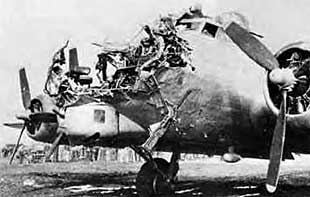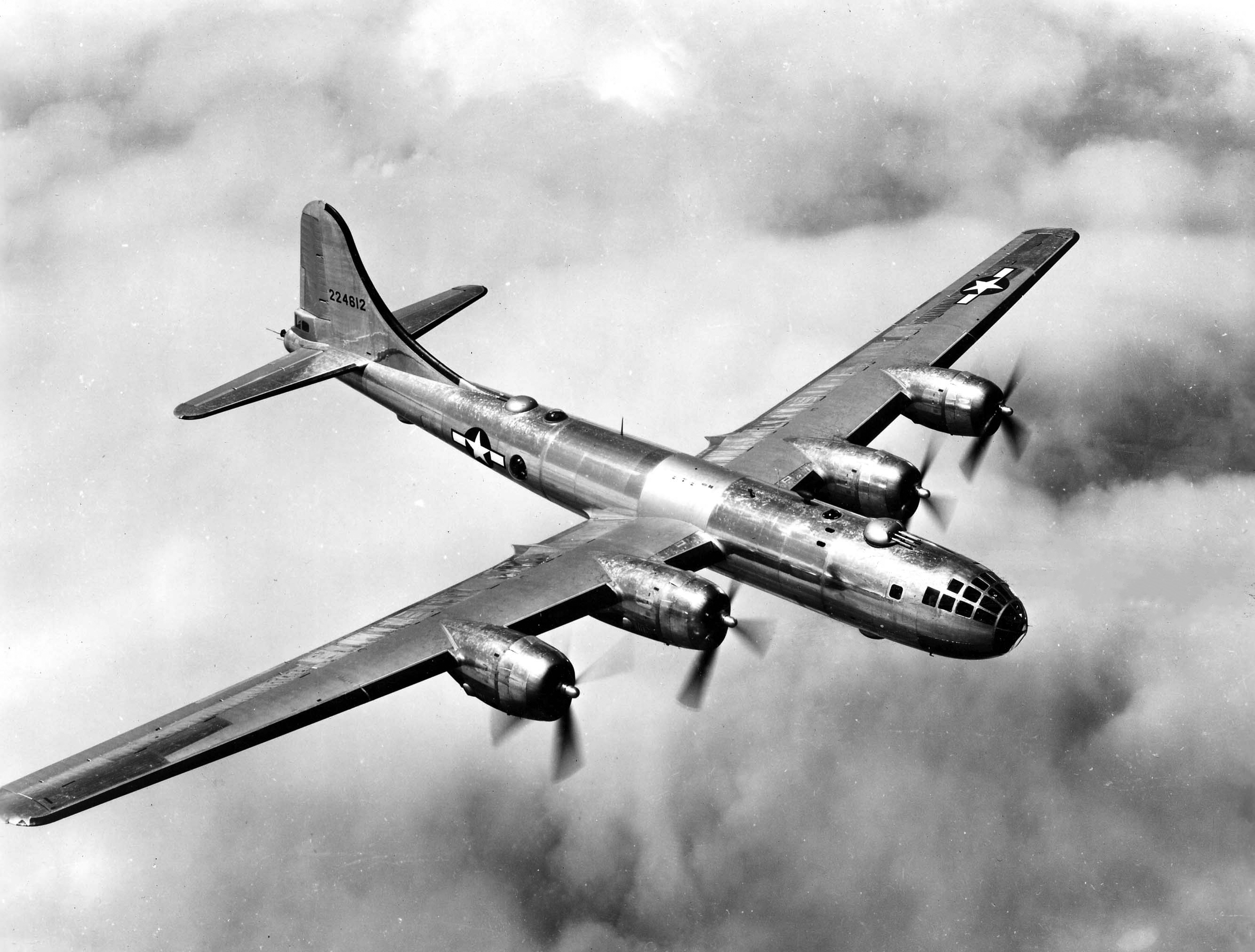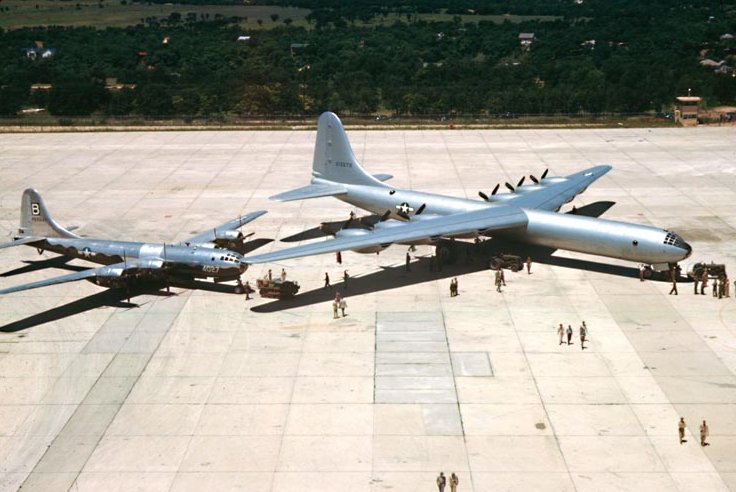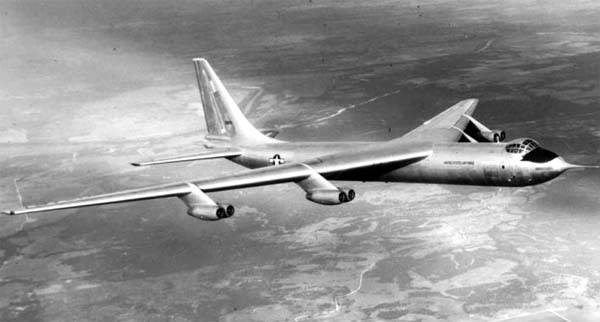

Putos locos
Moderadores: Alan78, Tropic, Operadores, Moderadores







Alan78 escribió:





http://actualidad.rt.com/actualidad/vie ... ran-guerraHallan el avión soviético que efectuó el primer 'ataque tarán' de la II Guerra Mundial
En un bosque a unos 20 kilómetros de Moscú se han descubierto los restos de un legendario avión soviético de la Segunda Guerra Mundial. El piloto Víktor Talalíjin efectuó con ese aparato la primera embestida aérea nocturna contra los nazis.
Según contaron los historiadores locales a la cadena Pervy Kanal, el hallazgo lo hizo un lugareño que durante un paseo por el bosque vio en el suelo un enorme cráter en forma de embudo y restos de un avión a su alrededor. El análisis de las partes encontradas permitió identificar el número del aparato y de su motor. Conforme a los archivos del Ministerio de Defensa de Rusia, el avión fue el que pilotaba Víktor Talalíjin cuando, hace 73 años, realizó el primer 'ataque tarán' nocturno en la historia de la Segunda Guerra Mundial. El 'ataque tarán' consiste en embestir un avión enemigo con el morro de la propia aeronave como si esta fuera un ariete; y es que 'tarán' en ruso significa precisamente 'ariete'.
El episodio tuvo lugar la noche del 6 al 7 de agosto de 1941, un mes y medio después de que empezara la Gran Guerra Patria, nombre con el que se conoce en Rusia el período de la Segunda Guerra Mundial en el que la URSS luchó contra la Alemania nazi. Talalíjin, en su Polikárpov I-16, un caza monoplano con ala en voladizo, estaba patrullando el espacio aéreo de Moscú cuando se cruzó con los aviones de la Luftwaffe. Entonces se desató el combate aéreo, pero el piloto soviético, que en aquel momento tenía 23 años y el grado de subteniente, pronto se quedó sin munición y decidió llevar a cabo una embestida. Desde el inicio de la Gran Guerra Patria las embestidas se convirtieron en una de las tácticas de las tropas aéreas soviéticas, pero hasta entonces no había tenido lugar ningún 'ataque tarán' nocturno.
A una altura de 4.500 metros, Talalíjin embistió el bombardero enemigo, a bordo del cual iban cuatro tripulantes, un Heinkel He 111 tres veces mayor que el I-16 soviético. Talalíjin evitó una muerte que parecía segura y, habiendo resultado simplemente herido, saltó de su caza destrozado. Se precipitó 800 metros en caída libre hasta que logró abrir el paracaídas. El 8 de agosto le concedieron la distinción más alta del país, la de Héroe de la Unión Soviética, por haber derribado el bombardero nazi. Dos meses después, el 27 de octubre de 1941, el joven moría en otro combate aéreo en los alrededores de Moscú. Durante los cuatro meses de guerra en los que combatió logró abatir un total de seis aviones de la Luftwaffe.


http://blog.seattlepi.com/aerospace/201 ... n-fighter/
The German Focke-Wulf 190 fighter plane shocked its adversaries when it debuted in World War II.
Just getting the one that Everett’s Flying Heritage Collection owns flying again took more than a decade of restoration work. And then they took it apart.
The airplane rotted in a marsh outside of Leningrad from 1943, when pilot Paul Ratz crashed there, until someone found it in 1989. After a Soviet helicopter pulled it out of the muck, the plane traveled to England and then Arizona, where the Flying Heritage Collection had it restored.
If flew late last year, making it the only flying Fw 190 A-5 in existence. On Thursday, it arrived by truck, in pieces, from Arizona, and workers set to reassembling the aircraft.
So, what made the airplane special?
“The Focke-Wulf 190 was kind of one of the big two airplanes used by the German Luftwaffe during World War II,” along with the Messerschmitt Bf 109, Cory Graff, the Flying Heritage Collection’s military aviation curator, said Thursday.
“At the time it appeared in 1941 (it) was probably the most advanced radial-engined airplane in the world, and it was quite a shock for those who were fighting against it,” he added. “The allies weren’t aware that the new German fighter plane was going to have the performance that it did, and it was quite better in many aspects than contemporary Spitfires of the time.”
Collection docent Norm Gordon noted one big advantage for pilots.
“On our airplanes, when the pilot pushed the throttle he also had to adjust the RPM of the engine, the manifold pressure and the pitch of the propeller,” he explained. “This had a black box inside that did all that for the pilot, so he just used the throttle and the airplane did the rest for him.”
The Fw 190 was a powerful, rugged, versatile airplane but had one big flaw, Graff said. “When it got above about 20,000 feet the performance lagged behind other airplanes.”
So Focke-Wulf built a longer Fw 190 with a bigger, inverted-V engine — the 190 D-13. The Flying Heritage Collection already had one of those.
So, if the Fw 190A-5 was such a good fighter, how did it end up crashed in a Russian forest?
The plane was built in April 1943 and sent to the Russian front, where Ratz took it up on a mission to bomb a train, Graff recounted. “His engine quit and he bellied his airplane into a stand of really young saplings and walked away from the aircraft and became a prisoner of war.”
There’s a rumor that the engine was found with pieces of fabric in the oil lines — signs of sabotage by slave laborers — but Graff hasn’t been able to confirm that.
In any case, the saplings grew up around the airplane over the ensuing decades and its green and brown paint helped it stay hidden until 1989, when a Russian relic hunter found it, Graff said. (See video below.)
After the helicopter pulled it out and the initial owner did some restoration, Flying Heritage Collection owner Paul Allen bought the plane in 1999.
“And we’ve been working on it ever since,” Graff said. “It’s quite a long time, and this is sort of a pioneering restoration effort just because it is very unique, and there’s not many in the world to refer to.”
The airplane flew for the first time late last year and several more times into 2011. (See video below.)
So why not just fly it up here from Arizona?
“It’s such a rare plane and a bit cantankerous, and we don’t know a lot about it,” so trucking seemed safer, Graff explained.
The collection plans to taxi the plane in the next couple of days, bring up a test pilot to fly it in late May and show it off to the public in flight for the first time during its June 18 Free Fly Day.
In the meantime, here are videos of the airplane in the swampy forest, taking off in Arizona and landing in Arizona.

La historia es cojonudaAlan78 escribió:

Parece ser que ese 190 aterrizó forzosamente por un fallo de motor. Corre el rumor que tener a prisioneros montando aviones deja demasiados cabos sueltos para sabotajesy sino que se lo digan a Von Braun
.
No sólo estaba en buen estado sino que lo hicieron cruzar medio mundo, lo rehicieron y ahora es el único 190 que queda operativo en todo el mundo
After ten and a half years of restoration, Fw190A-8, werk nummer 173056, took to the air on Sunday 2011, October 9, for the first time in 68 years since wrecked in a French rail yard during the late years of WWII. Owned by Don and Linda Hansen's engineering company of Baton Rouge, Louisiana, and flown by test pilot Klaus Plasa from Munich, Germany, two flights were made that day, the first a short flight to test flight characteristics and systems, and a second flight to include maneuvers and stalls shown in this video. Additional test flights will be made to expand the flight envelope of the aircraft and to check systems reliability.
Comenzando en 1997, una pequeña empresa alemana, Flug Werk GmbH,18 comenzó a trabajar sobre un nuevo Fw 190a-8. Estos Fw 190 A-8s se construyen a partir de cero, usando proyectos originales y otra información de la guerra. Los números Werk fueron continuados donde la industria alemana de guerra dejó. El nuevo Fw 190 a-8 se denominó FW 190 A-8/N (la N para Nachbau (idioma alemán: construido nuevo). Algunos de estos FW 190 nuevos fueron montados con unidades de rueda de cola originales de la Segunda Guerra Mundial; se había encontrado un pequeño escondrijo de ruedas de cola. En noviembre de 2005, se realizaron los primeros vuelos. Irónicamente los motores BMW 801 no estaban disponibles, pero una versión china bajo licencia del motor ruso de 14 cilindros radial en doble estrella, el Shvetsov ASh-82FN usado por los contrincantes del Fw 190: el La-5 y La-7, se usaron para motorizar el nuevo FW 190 A-8/N. Flugwerk contribuyó también decisivamente a la restauración de quizás el único Fw 190a-9 existente.
Si te refieres desde el minuto 2:00, es impresionante, aunque todo el video lo es.Carlos escribió: Un servidor flipa con las imágenes de mitad del vídeo, que impresionante

.

Seguro que los Usanos usan algo mucho mas avanzadoAlan78 escribió:Mucho pepinazo y mucha gaita modernuza pero... siguen tirando de TU-95
http://es.wikipedia.org/wiki/Boeing_B-52_StratofortressBoeing B-52 Stratofortress
Primer vuelo 15 de abril de 1952
http://es.wikipedia.org/wiki/T%C3%BApolev_Tu-95Túpolev Tu-95
Primer vuelo 12 de noviembre de 1952





















La crecida de un río debido a las fuertes lluvias ha provocado destrozos en un museo militar de la ciudad de Magadán, en el Lejano Oriente ruso. Las aguas del río desbordado arrancaron de sus pedestales dos aviones Su-24 (avión de ataque supersónico)que se exponían en el museo y los arrastraron unos metros. La provincia de Magadán está experimentando lluvias récord: en una noche en la capital regional cayeron el triple de precipitaciones de lo que es habitual en estas fechas. Los meteorólogos dicen que es la primera vez que se registran estos índices de lluvia en esta región de Siberia en toda la historia de las observaciones.

